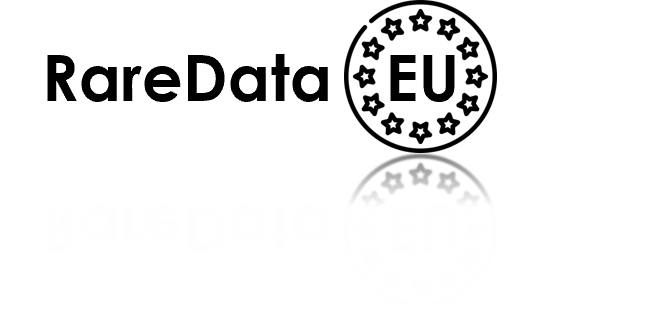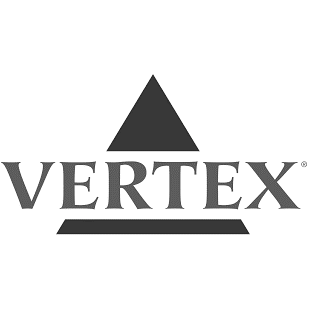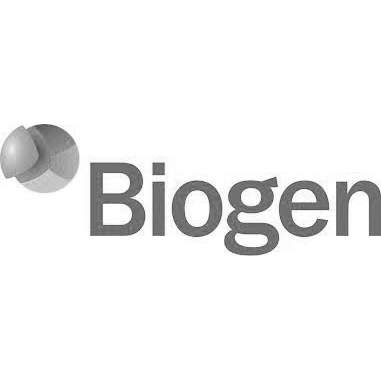Our approach
We believe in being fully transparent with our costs. As REDCap is free and hosted by a local university or hospital, there are minimal 3rd party costs. RareDataEU costs are related to daily consulting charges and expenses agreed in advance. We work in a step by step approach where the project is broken into phases. Each phase has a quantifiable list of services and deliverables along with an agreed fix fee based on days billed. Clients are normally billed monthly. Invoices include an activity report.
Each client’s needs are unique. However, we have found that most new client engagements fall into two distinct commissions: developing a Population Registry or developing a Data Collection Roadmap.
Population Registry development budgeting
As outlined in the Steps to Launch a Registry section, the client provides us with a list of data elements encompassing demographics, diagnosis and a summary of retrospective treatment and outcomes. These data elements include a list of valid entries such as Orphanet disease diagnostic codes.
This “data dictionary” would be provided in a spreadsheet. It could be based on a combination of existing registries along with some additions. For example, it might include the data dictionary from a US based registry along with additional data elements requested by the applicable ERN, the national rare disease registry and local researchers.
We would use this to develop a draft REDCap based registry. This would be hosted on an agreed REDCap site. Stakeholders would be invited to review this “Sandbox” version, test it and provide change requests to us.
We would incorporate all accepted change requests and release a Go-Live version. Clients will receive a working REDCap based Level 1 Population Registry hosted on their specified REDCap licensed sites in Europe (typically a hospital or university research centre).
Assuming the data dictionary has around 50 data elements this population registry could be completed for a fee of €20,000 and normally within 60 days.
Industry Sponsorship for a more advanced registry
The Level 1 Population Registry is designed on a template that can be expanded over time and become a Level 2 Annual Summary Registry or a Level 3 Study Registry. Funding for these is normally provided by pharma sponsorship. This could be through funding RareDataEU to develop a Level 2 Registry and advise on the required infrastructure for the European Federated Registry.
The Level 3 Registry can be extended from the Level 2 Registry to support funded studies such as a Natural History Study. This would require a much larger cohort of patients than a clinical trial and would require an agreed fee to be paid to each participating centre for each completed patient encounter in the study.
Pharma Cooperation
From a pharma’s perspective it is understandable that clinical data collected at significant cost should be proprietary and confidential. Yet good clinical data on a rare disease is clearly precious and should ultimately be shared with the rare disease community. We are familiar with the scenario where competing pharma sponsors proprietary studies which they cannot or will not share with other stakeholders. This is in no one’s interest.
RareDataEU have real world experience in putting together data collection agreements that protect these interests. These revolve around the following principles:
- RWD and registry data collection should be based around the needs of the patient. As such, clinical rare disease data should ultimately be shared with all stakeholders.
- Pharma and Study sponsors have a proprietary right to the data collected on behalf of the study cohort. However, they should agree to make it accessible to all stakeholders within an agreed timeframe. For example, 6 months after publication.
- Patients own their data and consent custodial responsibility to the Patient Organisation to manage and protect that data as specified in GDPR. The scientific committee within the Patient Organisation controls the scientific direction of the registry.
- The Patient Organisation owns the registry and contractually agrees to collect additional data specified in the study for the benefit of the Industry Sponsor in an agreed timeframe.
- Multiple pharma can sponsor multiple studies on the National or Federated Registry. To ensure confidentiality between competing pharma studies it would be possible to host differing instances of the registry each with a separate extended dataset for the study participants.
Budgeting the Data Collection Roadmap
As outlined here, the data collection roadmap is a vital document to communicate the pharma’s long-term policies in supporting stakeholders' initiatives in clinical data collection for registries and RWD studies. This will make it easier to find and obtain reimbursement for patients for their target treatment. It should ideally be published at the start of Phase 2, but it is of benefit in all stages of the drug life cycle.
The roadmap usually commences with a report on current activities related to registries and patient organisations. It is important to engage directly with related stakeholders to evaluate the level of activity of each registry in each country:
- How many active patients are in each registry? What is the estimated patient population not in the registry?
- How accurate and complete is the registry data?
- Will the national registry share their registry data dictionary (data set without any patient data)?
- How are the registry operations funded? Are they likely to adopt the common Model Registry or continue to maintain a proprietary registry, while supporting the minimum dataset?
- Has there been attempts to cooperate across borders and develop a minimum dataset?
- What reporting requirements are there for the national rare disease registry and the responsible ERN?
- Is there an active European umbrella patient organisation?
- Are there other active pharma involved in related data collection activities?
One other important consideration is to decide which diseases will be supported. Typically, a pharma’s candidate treatment is targeted at a specific disease or generic variant. A patient organisation will normally support a group or family or related diseases. For example, Vifor’s drug TAVNEOS (avacopan) is for the treatment of ANCA-associated vasculitis. However, there are many other forms of Vasculitis that EUVAS the European Vasculitis society want to support in their registry. In that case we provided basic support for additional diseases such as Large Vessel Vasculitis. Disease specific instruments can then be easily added in the future as required.
A typical fee for developing a Roadmap would be €20,000. This is a small price when considering the financial benefits to the pharma.
RareDataEU can then be retained on an as-need basis as the Subject Matter Expert to communicate the Roadmap policy to stakeholders as required.





